Matildas stand three wins away from historic FIFA Women‘s World Cup win with momentum, form and fitness on their side
Generations of planning and dreaming have come down to this. ADAM PEACOCK maps out Matildas’ path to World Cup glory.
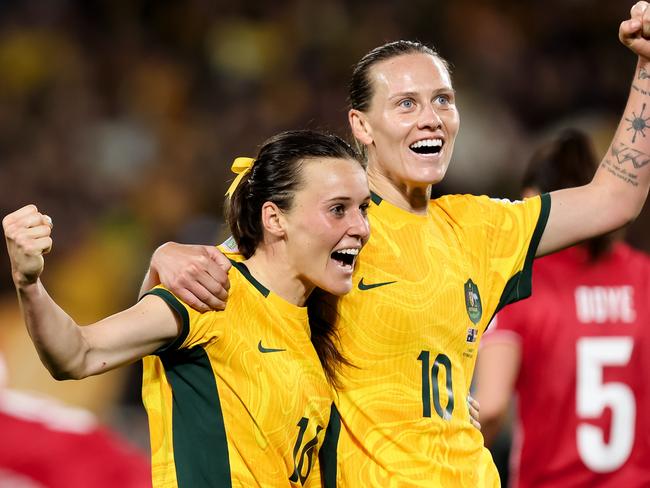
Football
Don't miss out on the headlines from Football. Followed categories will be added to My News.
The Matildas are three steps away from immortality.
They are all massive steps, granted, and a check of the record books reveals that only once in World Cup history has a host nation lifted the trophy – and that was last millennium.
But in making the quarter-finals, the Australians have already equalled their best result at a World Cup. And given the incredible momentum behind them, only the bravest of souls would back against them advancing further.
This is how the Matildas can make history.
First step: France, Quarter-final
5pm (AEST), Saturday, August 12, Brisbane
In France, the Matildas are faced with a top side, a savvy coach and quality players from the best leagues in Europe.
Heavy significance will be placed on Australia’s 1-0 win over the French a little over a month ago in front of 50,000 fans under the roof at Marvel Stadium.
Aspects of that contest are relevant to this quarter final, but not all.
For a start, France had barely stepped off the plane in Melbourne and evidently weren’t at their physical best. Both sides threatened to create, without the finishing product, notably the Matildas who couldn’t find the right final ball on at least ten occasions.
This aspect has tightened up for Tony Gustavsson’s side, who have reverted to a different set up from the 4-4-2 they employed night, which became a necessity after the injury to Sam Kerr.
It’s now a 4-3-3, with Caitlin Foord thriving as an out-and-out winger, Emily van Egmond in the attacking midfield role and Mary Fowler in Kerr’s position of striker. In terms of chances, it’s been a case of less is more. With the Kerr threat removed, the Matildas lost the aerial route to goal, so quick counterattacking play has very much been the hallmark.
France, conversely, are set in their ways, sticking to a fluid 4-3-3 system, with veteran striker Eugenie Le Sommer given a free role to roam in the final third. They are, though, cross happy. And that is something the Matildas have dealt well with at this World Cup thus far.
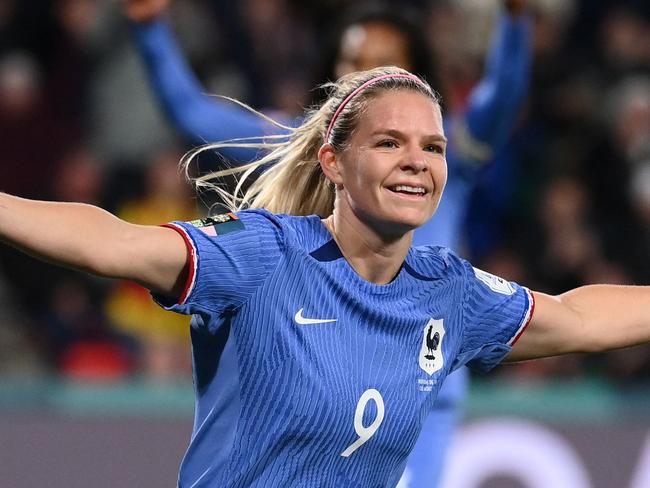
Coach Herve Renard pleaded for patience after his side’s sluggish World Cup opening 0-0 draw with Jamaica and they have delivered since. France’s last two games against Panama and Morocco were both over at halftime, although the Moroccans were defensively sloppy in ways the Matildas will never be.
The primary French strength is athleticism – something the Matildas battled with against Nigeria – and while they are technically strong, they are by no means at the level of a Japan or Spain.
Pressure on the ball, moving it quickly to wide areas to exploit a disorganised defensive shape, could create the scenarios the Matildas crave.
The Melbourne game provided a number of such chances, with one proving decisive as Hayley Raso’s cutback to Fowler produced the game’s only goal.
Neither side has advanced past the quarter-finals of a World Cup and the French have a history of underperforming in the big moment; a surprise given many of their players have tasted ultimate club success with Lyon in the Champions League.
Another factor in the Matildas favour is the spacing of their games. A week between the Ireland opener and Nigeria. Then just four days before Canada, but then another week to prepare for Denmark.
Counteracting that benefit has been Gustavsson’s reliance on just half his squad, with 12 players used to play the bulk of minutes. He hasn’t made a sub before the 75th minute all tournament. It’s a risk with the schedule – four games in 13 days for a finalist – about to get loaded.
Second step: England or Colombia, Semi-final
8pm (AEST), Wednesday, August 16, Sydney
All of this now becomes an assumption, so apologies in advance to French fans. We are not arrogant enough to assume we will advance; just planning/dreaming for the best.
For a possible semi-final, the Matildas would travel back to Stadium Australia and another passionate 75,000-plus home crowd to play England or Colombia.
England, the European champions, have a huge reputation, fostered from a domestic league which is improving year-on-year with strong investment from British TV, the corporate sector and, importantly, Premier League clubs awash with cash.
This England side, though, has changed complexion in the 12 months since winning the Euros. Three of the four attacking players that started that final against Germany are not at this World Cup.
The Lionesses arrived at the World Cup defensively sound but with a horrible scoring record of one goal from four games.

Don’t be fooled by their eight goals in four games here.
Six of them came against China.
Lauren James was a key factor in that game, although her silly red card against Nigeria has raised fresh doubts over England’s ability to create opportunities at scale.
What they do have is the best defensive midfielder in the tournament, Keira Walsh, who is back after a knee scare. They also boast a leader at the back in Millie Bright who has stepped up in the absence of injured skipper Leah Williamson.
In addition, manager Sarina Wiegman has shown a surprising amount of adaptability during this tournament in search of solutions. They will have a plan for the Matildas, who beat them in a friendly in April in London built on transitional play.
It is far from a foregone conclusion that England make the semi-finals even though Colombia, their opponent on Saturday, are the only side left in the tournament ranked outside 11 (they are No. 25).
Colombia has arrived at this point on merit.
Their undoubted star is 18-year-old Linda Caicedo, a magical player who even when locked down for 89 minutes and 55 seconds, needs just those remaining five seconds to create havoc.
Caicedo was the best player by a mile at the recent under 17 World Cup and also starred at the under 20 World Cup. She is almost a lock for young player of this tournament, highlighted by her staggering goal against Germany.
Around Caicedo is a well-structured athletic team who, like the Matildas, aren’t that fussed about controlling possession, but rather producing effective attacking moments. This match-up could prove tricky for Australia given the home side’s issues against teams happy to let them have the ball.
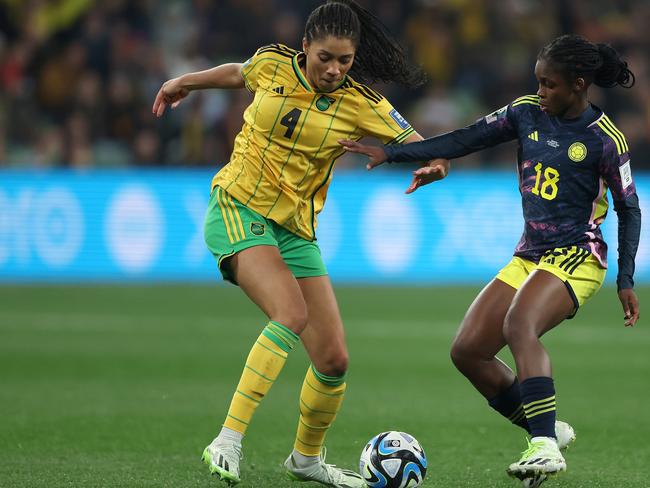
Third step: Spain, Netherlands, Japan or Sweden, Final
8pm (AEST), Sunday, August 20, Sydney
Woah, so we have made it this far.
The ultimate game of football.
Spain and the Netherlands meet on Friday morning (AEST) in a timeslot designed to suit American TV audiences. That the USA aren’t playing is not the seismic shock one might expect, given the quality of these two sides.
Spain is beautiful to watch. The tiki taka, high-possession style is proof that, be it male or female, the Spanish football DNA is as strong as ever.
In Aitana Bonmati, they have the most gifted and intelligent midfielder in the tournament. Their only issue is a susceptibility to counterattacking football, exposed by Japan in a 4-0 shock loss in the group stage.
Spain’s 7-0 demolition job of Australia in June last year should be largely ignored because the Matildas rested a number of top players. Similarly, Australia’s 3-2 victory over Spain at the Cup of Nations in February is somewhat of a false dawn given the visitors were without many of their established stars, including Bonmati, due to a players strike.
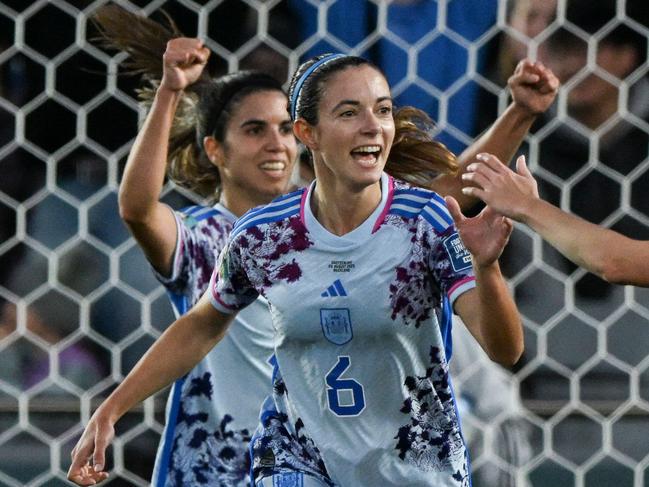
The Dutch, meanwhile, haven’t hit their peak this tournament. They bare some similarities to the French – athletic, robust, with a sprinkling of quality – although how they contend without suspended midfielder Danielle van den Donk, who does a lot of the ball-winning work, remains to be seen.
The Matildas last met the Dutch in April, 2021 in Gustavsson’s second game in charge. Much has changed since then and that 5-2 loss isn’t a particularly useful form guide for a possible World Cup final match-up.
The other two possibilities for a final opponent are Japan and Sweden.
Like Spain, Japan are elite technicians with quick ball movement and clever positioning the key to their game. They have been the most consistent team at this tournament and, of all the nations remaining, are the only ones to have lifted a World Cup, albeit way back in 2011.
One concern: while they were clearly better than Norway in the round of 16, the Japanese looked unsure of themselves when the Scandivians played direct in the second half. A fit Kerr could cause all sorts of damage.
Japan’s standout result was a 4-0 battering of Spain in the group stage, and that is truly scary. Japan completely changed their mindset, happy to let Spain dictate the tempo in possession, before causing mortal damage on the counter. The Japanese wouldn’t play this way against the Matildas, but to have that alternative as an option is impressive.
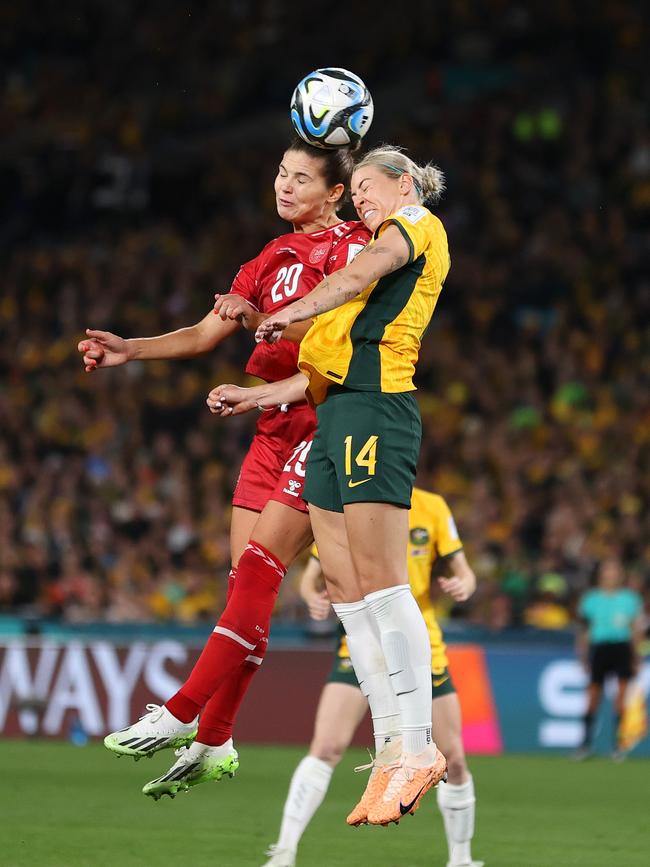
Sweden needs to improve on the penalty shootout win over the USA.
Much like Denmark, they are a hard-to-break-down side with one player as the centrepiece of their attacking game. Fridolina Rolfo, of Barcelona, has the same ability as Denmark’s Pernille Harder, who threatened to make the Matildas pay on a number of occasions on Monday.
Sweden are the best side left in the tournament from set pieces, having scored four goals from corners in the group stage. This aspect won’t worry the Matildas as much, given the aerial ability of Alanna Kennedy and Clare Hunt.
This World Cup final will be the first ever not to feature the USA or Germany and, while it looks like this edition has opened up in their absence, the truth is it hasn’t.
This tournament remains wide open.
Every team left has a game-breaking element to it.
The Matildas are right in it, but everything has to go right for three games in a row if we are to experience the unimaginable joy of a World Cup victory on home soil.
Originally published as Matildas stand three wins away from historic FIFA Women‘s World Cup win with momentum, form and fitness on their side




